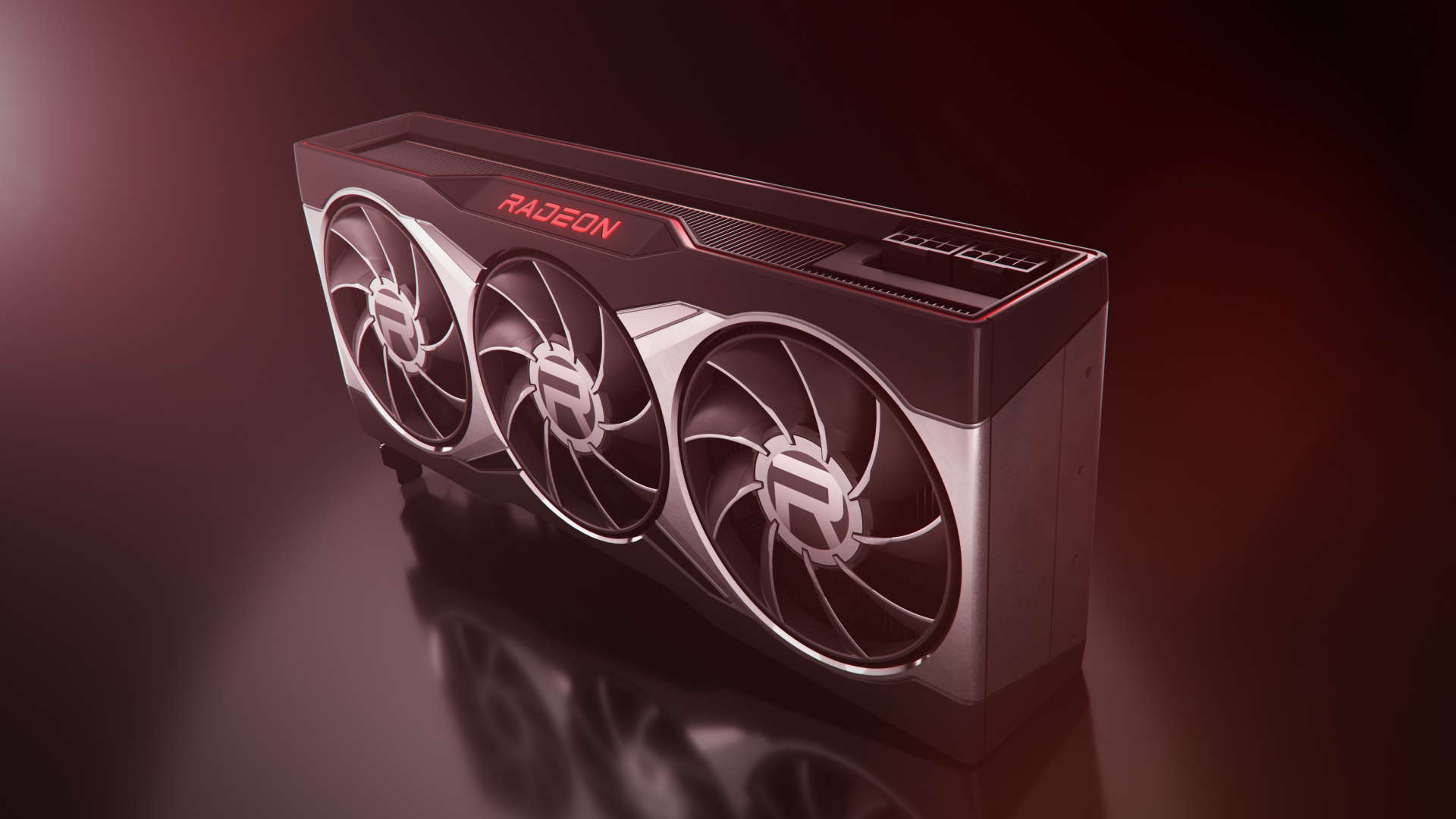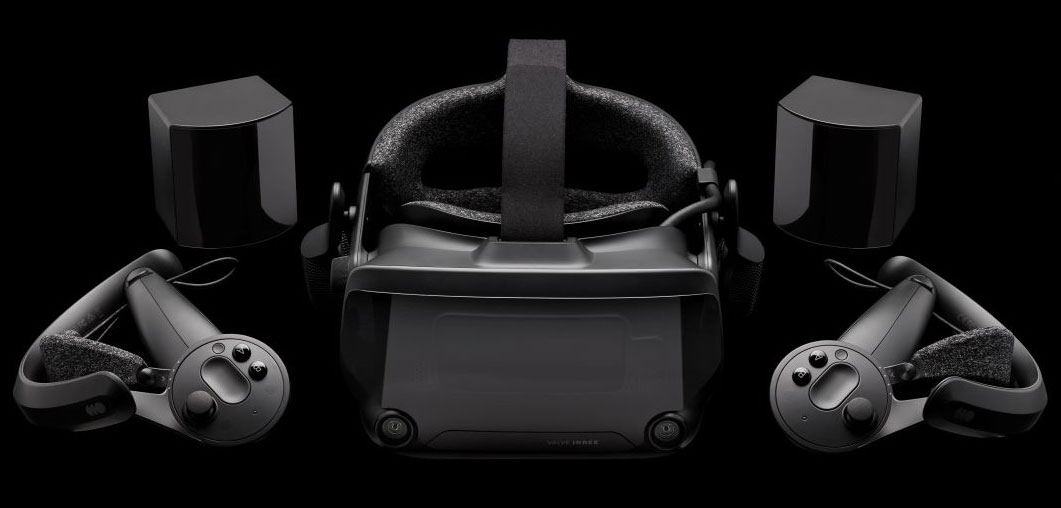AMD's return to high-end GPUs in 2020 will have a lasting impact on PC gaming
AMD's RX 6000-series graphics cards are more important than they may seem, even if you can't buy one just yet.

When I was deciding upon my hardware highlight of 2020, as part of a slew of articles from PC Gamer's hardware team, I was initially stumped. How am I supposed to sift through a year of fantastic products and decide on just one? The answer is I don't, not really. Instead, I've decided on AMD's overall return to form in the graphics card market with RDNA 2. Because, damn, if RTG biting at Nvidia's similarly excellent enthusiast graphics cards isn't an exciting prospect itself and the spark of what's sure to be a savage contest to come.
In an entirely unprecedented move, at least in recent memory, AMD finally has a worthy adversary, or three, for Nvidia's high-end: the AMD RX 6900 XT, AMD RX 6800 XT, and AMD RX 6800.
Perhaps what's even more impressive with this line-up is that we're not even talking about a rival merely for Nvidia's now retired RTX 20-series, such as the RTX 2080 Ti—that which we initially thought a worthy adversary for second-gen RDNA. It's now possible to compare a high-end Radeon to a high-end GeForce; a fantastic Ampere generation one at that, and not have it look like you're sending a lamb to slaughter. Nothing close, in fact.
At the very top, squaring up to the Nvidia RTX 3090, is the RX 6900 XT. AMD's proposed kingslayer. That card may have missed the mark somewhat in our testing—we're much bigger fans of the cheaper RX 6800 XT as an Nvidia RTX 3080 competitor and saying to hell with the uber-enthusiast cards—but I really can't stress enough how any semblance of competitive performance from AMD's RDNA 2 architecture to rival Nvidia's finest remains an unmitigated triumph.

Best VR headset: which kit should you choose?
Best graphics card: you need serious GPU power for VR
Best gaming laptop: don't get tied to your desktop in VR
Even with performance a little too often too far off the pace of the RTX 3090 for my liking, while still demanding $999 out of my wallet, the RX 6900 XT represents something much more exciting than the sum of its parts. AMD has quickly risen beyond expectations with RDNA 2, building a graphics card architecture that is well-placed to iterate over and over each year to keep it in competitive form—not unlike the Zen architecture in the company's Ryzen CPUs.
It's an incredible technical achievement from AMD, of course, and the true accolade for the year's highly competitive GPU market goes to the engineers that made it all possible—that includes Nvidia's engineers, too, who notably knocked it out of the park with Ampere.
But there's another winner besides those in the labs: Customers truly have the most to gain from multi-billion dollar companies snapping at one another.
Keep up to date with the most important stories and the best deals, as picked by the PC Gamer team.

The only deterrent for dizzyingly expensive graphics cards is the potential for one GPU company to undercut the other, in turn making them look somewhat foolish. Nvidia occasionally gets a little twitchy at the thought of losing its prime position first in line for the cash cow that is the gaming graphics card market. Even an inkling of worry for what the Radeon Technology Group is cooking up and Nvidia will reportedly ready a response. In 2020, the fear has been a little more justifiable, too.
One such rumoured response could be the RTX 3080 Ti, which is proposed to sit between Nvidia's RTX 3080 and RTX 3090. There's only a thin gap between these two cards for such a card to slot into, but a chance to increase memory capacity from the 10GB included on the RTX 3080 and unsteady the RX 6900 XT's $999 price tag feels more than enough reason to roll out the red carpet.
Perhaps that's not the ideal situation for AMD, the architects of such a situation, but it would have Nvidia considering AMD's $999 RX 6900 XT and pricing its RTX 3080 Ti accordingly. That's a big win for us humble gamers.
There's perhaps less impetus to rush out a high-end RX 6900 XT killer considering a mixed bag of performance figures on launch day, as the latest rumours suggest, but I wouldn't discount such a graphics card will come around sooner or later, and with price/performance to plug the hole punched out by AMD's RDNA 2 lineup.
Even without any direct response in kind today, it's clear that we're only beginning to see the impact of AMD RDNA 2 on the overall GPU market. A GPU isn't designed in a day, and both AMD and Nvidia's engineers are working far in advanced of the product we see on the shelves today. We're also yet to see the mid-range materialise from either company in any such way, which are perhaps the most exciting prospect for PC gamers in the first half of 2021.
With the two GPU companies in a hard-fought battle for your mainstream monies we're going to see some stunning performance from genuinely affordable cards. The $250 GPU of 2021 is going to be lightyears ahead of what we've got right now.
We've seen some great graphics cards from AMD and Nvidia in recent years, no more so than 2020 with a surprising and impressive revival from team red. If the similar upheavals in CPUs, SSD controllers, and more tell me about the impact that competition often has on PC hardware, it's that in 2021 and 2022 we will see far, far bigger things in the true spirit of one-upmanship.

Jacob earned his first byline writing for his own tech blog. From there, he graduated to professionally breaking things as hardware writer at PCGamesN, and would go on to run the team as hardware editor. He joined PC Gamer's top staff as senior hardware editor before becoming managing editor of the hardware team, and you'll now find him reporting on the latest developments in the technology and gaming industries and testing the newest PC components.

